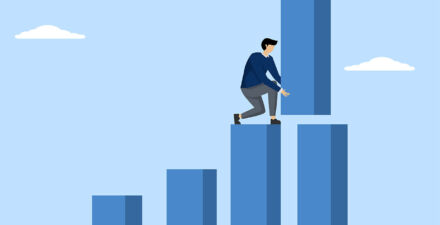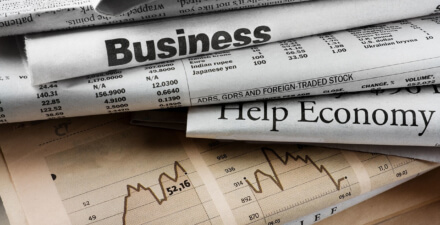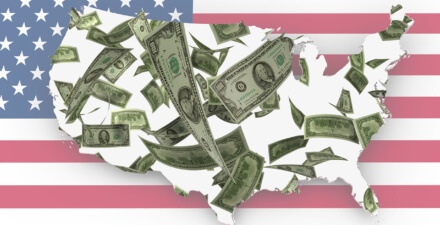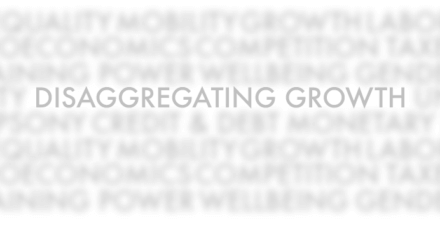Data will provide accountability to ensure the U.S. economic recovery is shared broadly

The U.S. economy is a long way from experiencing a recovery from the coronavirus recession. But the actions Congress takes now will determine just how deep the recession gets and how difficult it will be to pull back from the brink once the health threat has passed. So, it’s not too early to start thinking about what the recovery should look like. As policymakers start to think about recovery policy, they should target those who were most hurt by the recession. This may seem like an obvious point, but it is often overlooked because there is not usually a careful accounting of who has been harmed in economic downturns.
That is poised to change with the release of a new data series from the U.S. Bureau of Economic Analysis that divides up annual income growth to reflect the fortunes of low-, middle-, and high-income Americans. This new dataset lets policymakers see how previous economic expansions and contractions have treated these groups differently. It is an important step toward being able to craft policy responses to recessions that target weakened groups and help them recover to their pre-recession incomes. The proposed Measuring Real Income Growth Act of 2019 directs the agency to regularly produce these statistics and gives them the resources they need to do so.
House Democrats have wisely included this bill as part of their next coronavirus response legislation. Democrats are right to do so as part of their response to the economic crisis. Following the economic experiences of different groups of Americans provides important accountability to any legislation that is passed to lessen the impact of the recession or to help Americans recover more equitably in the wake of it.
In previous economic cycles, those at the bottom have experienced far less of the gains during economic recoveries. Using the income data series created by Emmanuel Saez and Gabriel Zucman of the University of California, Berkeley, we can see how people at different levels of income fared in the past two economic contractions and expansions. In the relatively mild contraction of the early 2000s, the bottom 50 percent of income earners bore about 18 percent of the decline in economic output. But in the ensuing expansion, from 2003 to 2006, they received only 11.3 percent of the expansion’s growth. Expansions and contractions are measured here by years of positive or negative growth according to per capita National Income, the measure favored by Saez and Zucman. (See Figure 1.)
Figure 1
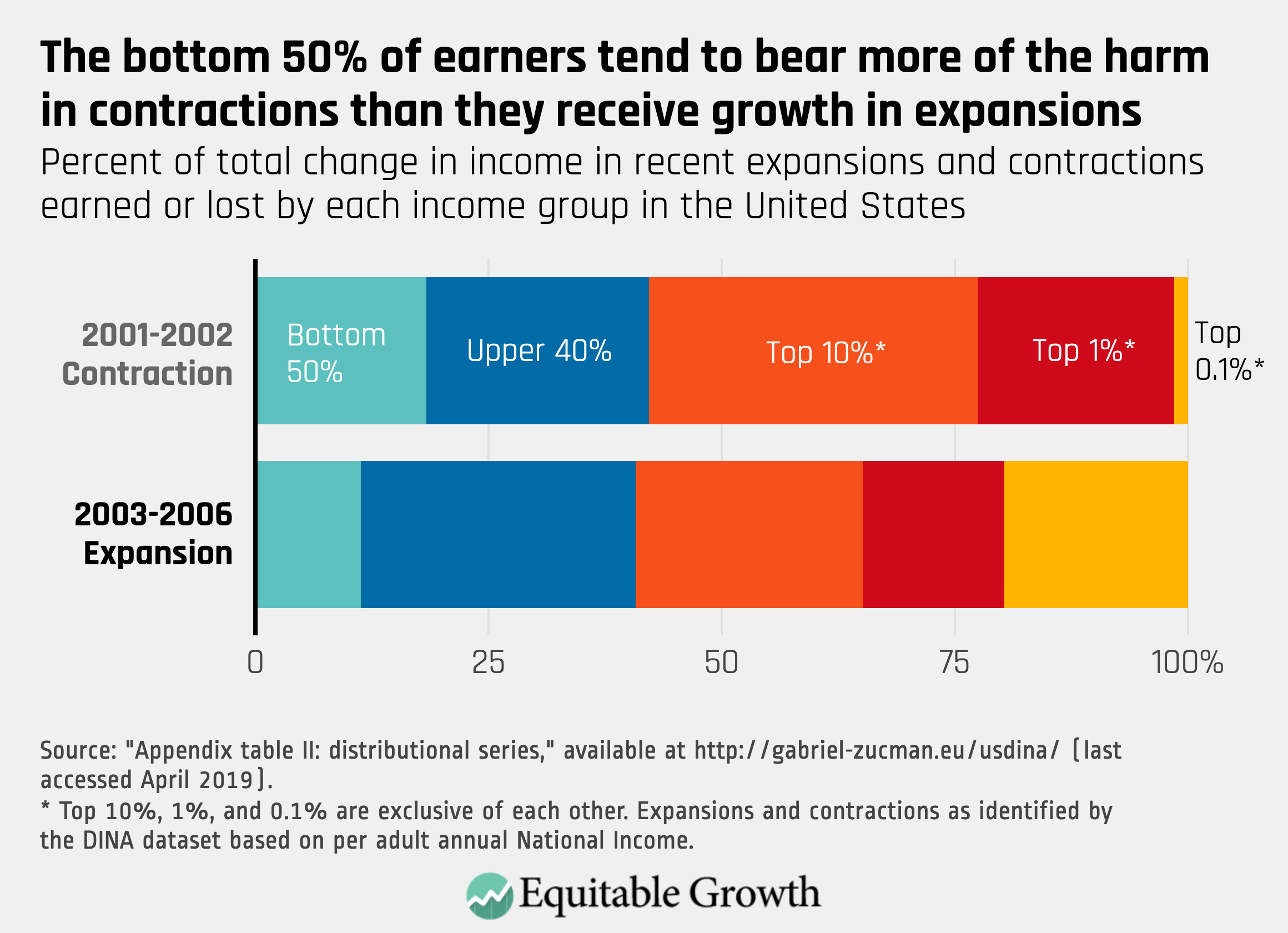
At the same time, those at the top of the income distribution saw most of the declines during the recession but also more of the gains. Thus, when all is said and done, those at the top end up in a stronger position after a recession and recovery than they were in before. This was not only the case for the 2001 recession, but also for the Great Recession—and certainly is a concern now, especially as early indications are that those with the lowest wages have been laid off more frequently relative to higher-paid workers.
During the Great Recession, those in the bottom half of the U.S. economy had a similar, although slightly less dramatic, experience. About 18 percent of the decline in output was thanks to declines in income for the bottom 50 percent. In the following expansion, they captured about 14 percent of total income growth, through 2015, the last year of the data series. (See Figure 2.)
Figure 2
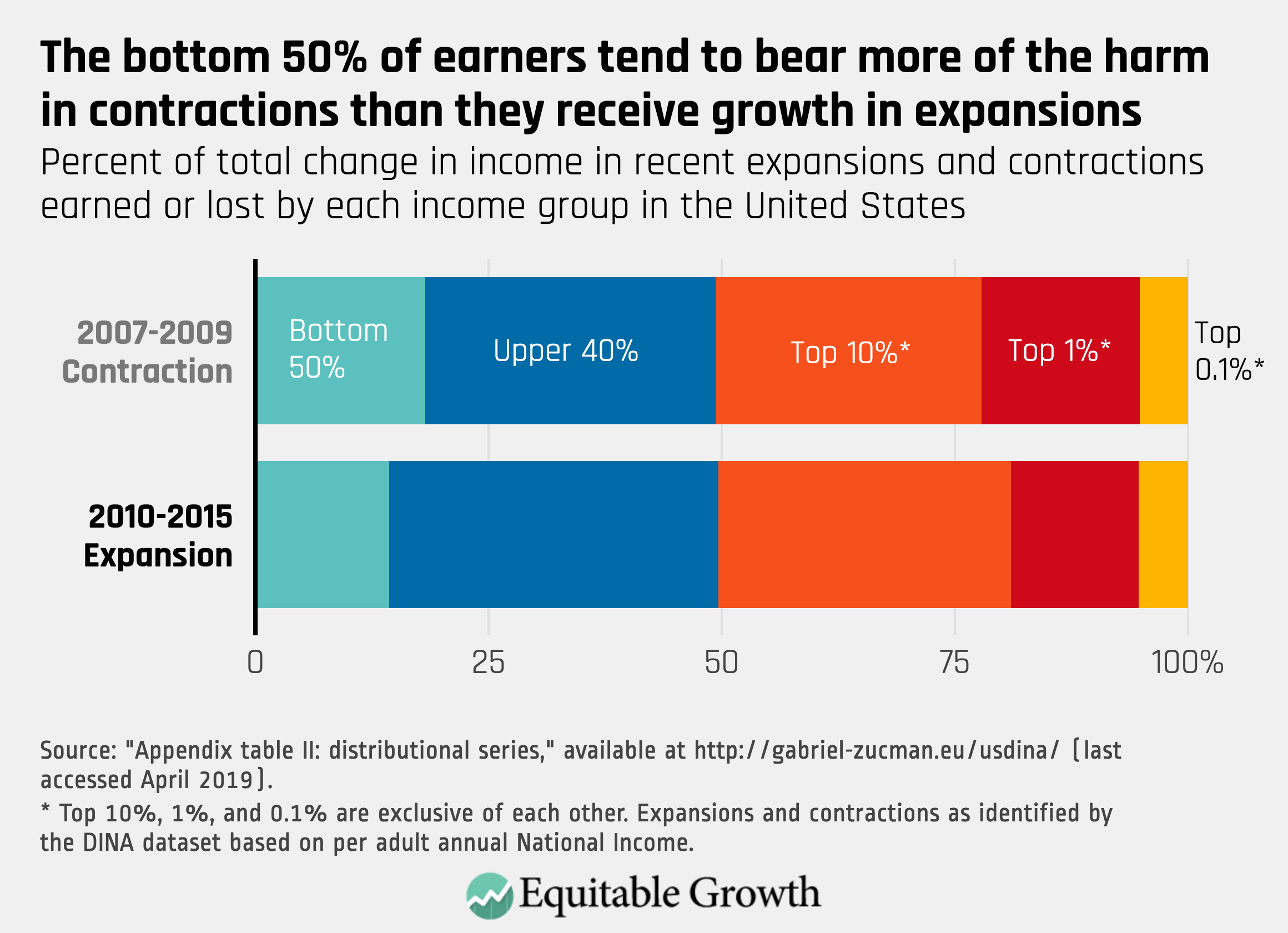
This pattern of economic recessions that fall more heavily on those with below-median earnings than the expansions that follow is a significant contributor to the four-decade rise in inequality that began around 1980. The inability of policymakers to identify and respond to this pattern is why many Americans have entered this recession in a delicate financial position, with nearly 40 percent saying they would struggle to handle a $400 emergency expense. (See Figure 3.)
Figure 3
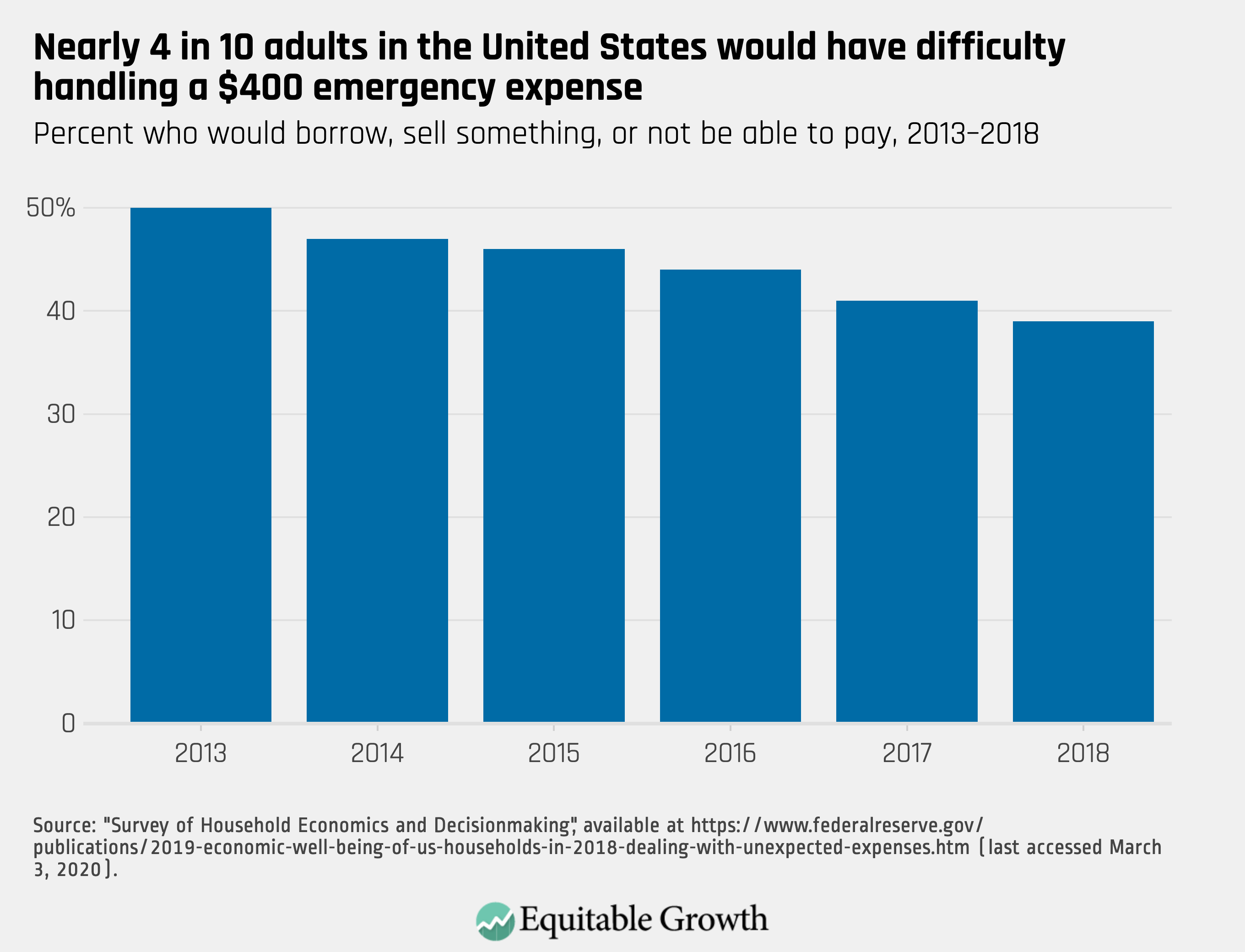
Similarly, families in the bottom 50 percent of wealth holdings only narrowly recovered their pre-Great Recession levels of wealth when the coronavirus pandemic and ensuing recession struck. With many of these families now plunged suddenly into unemployment, consumption will plummet, and the financial fragility of these families will further harm the entire U.S. economy.
New statistics from the Bureau of Economic Analysis that provide policymakers with a picture of who is benefitting from growth and who is suffering during recessions will give them the evidence needed to target legislation and build an economic recovery that benefits all Americans.


